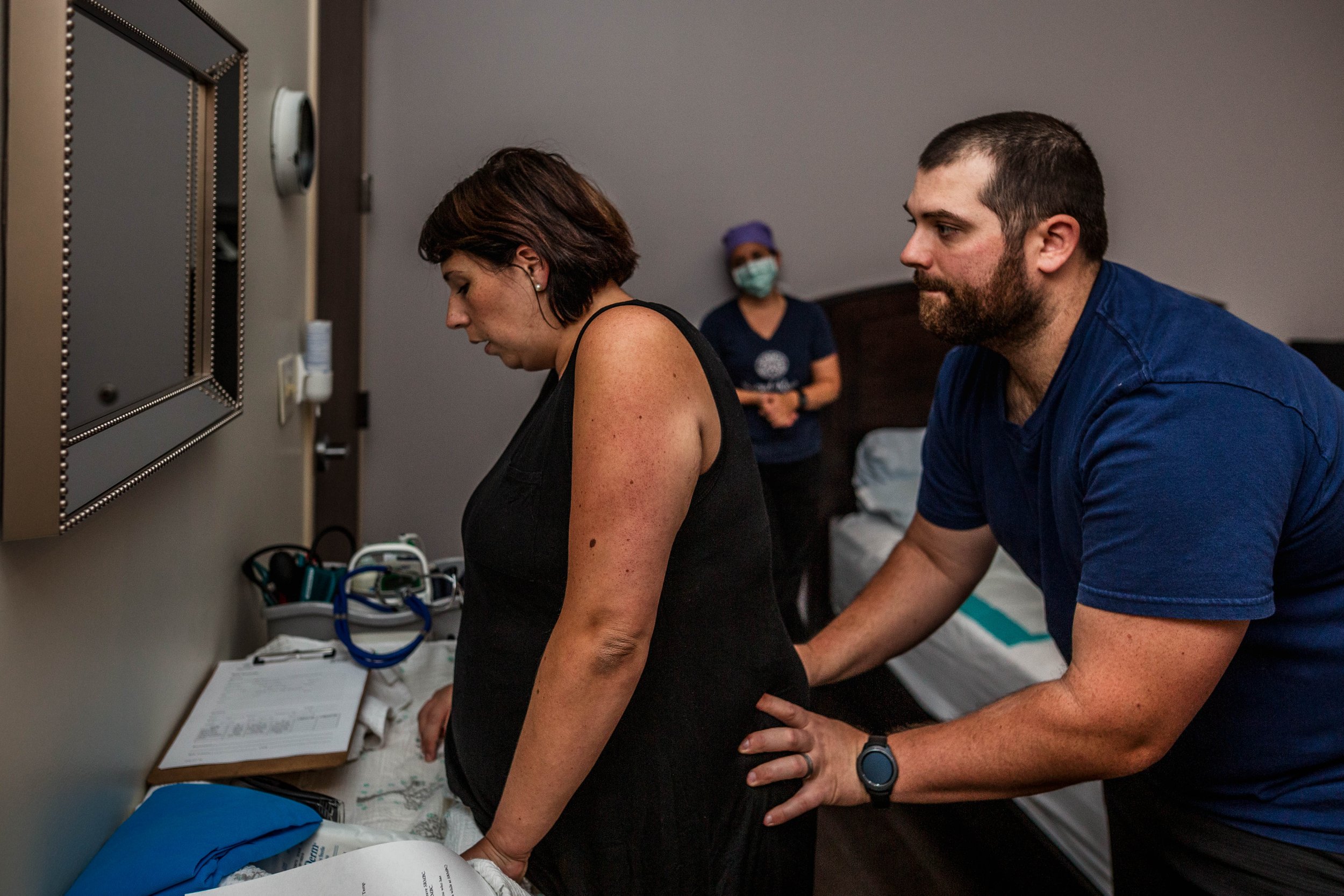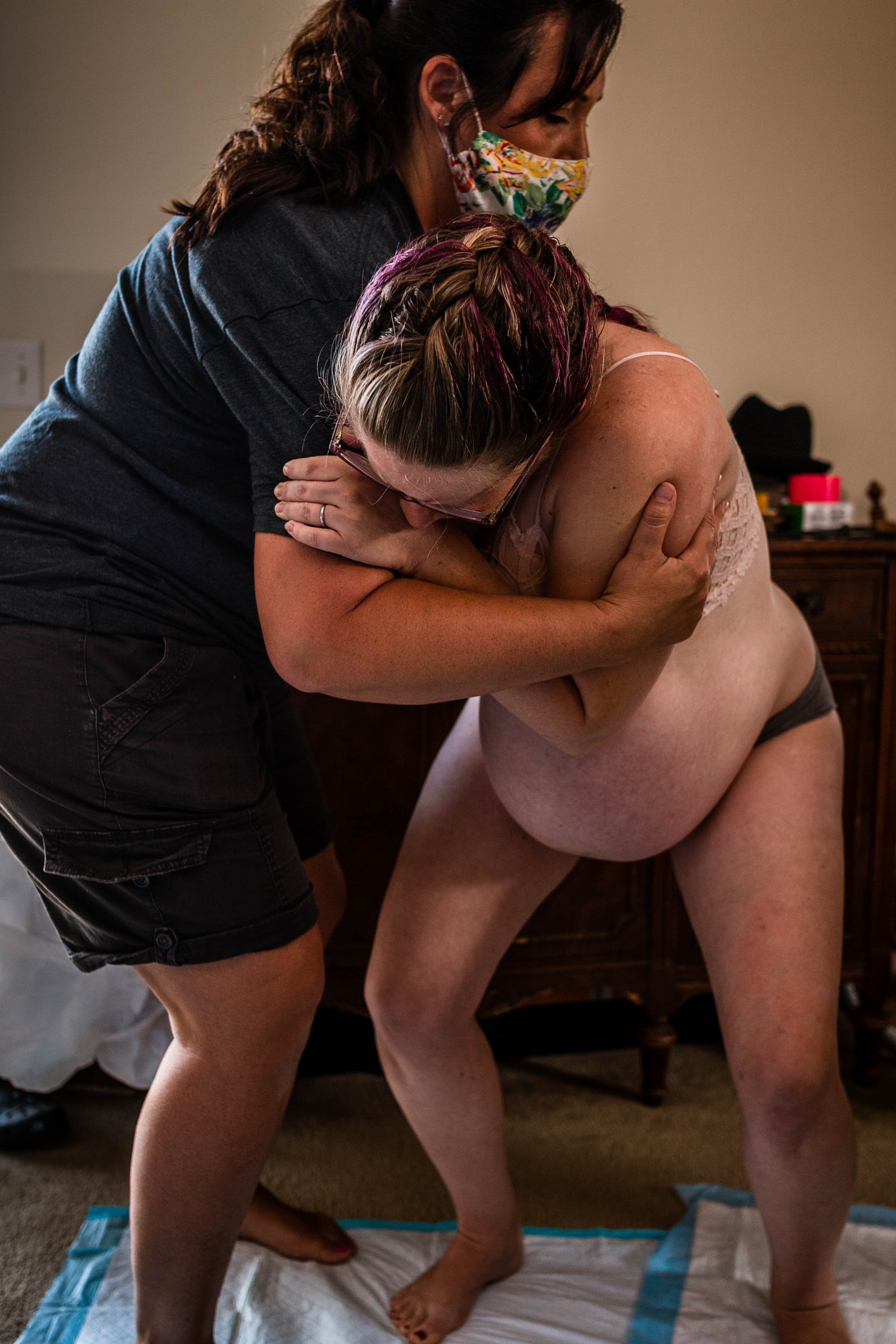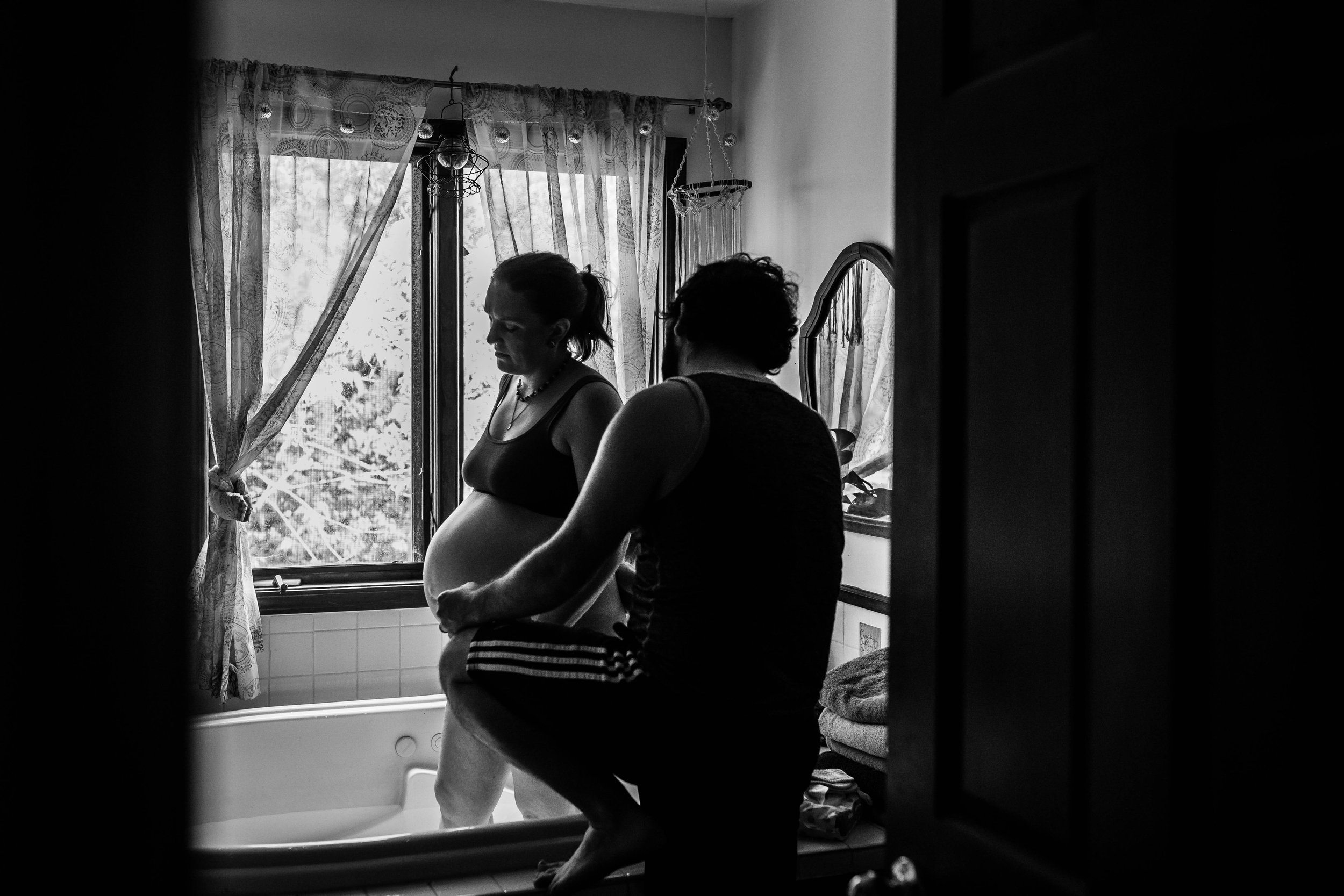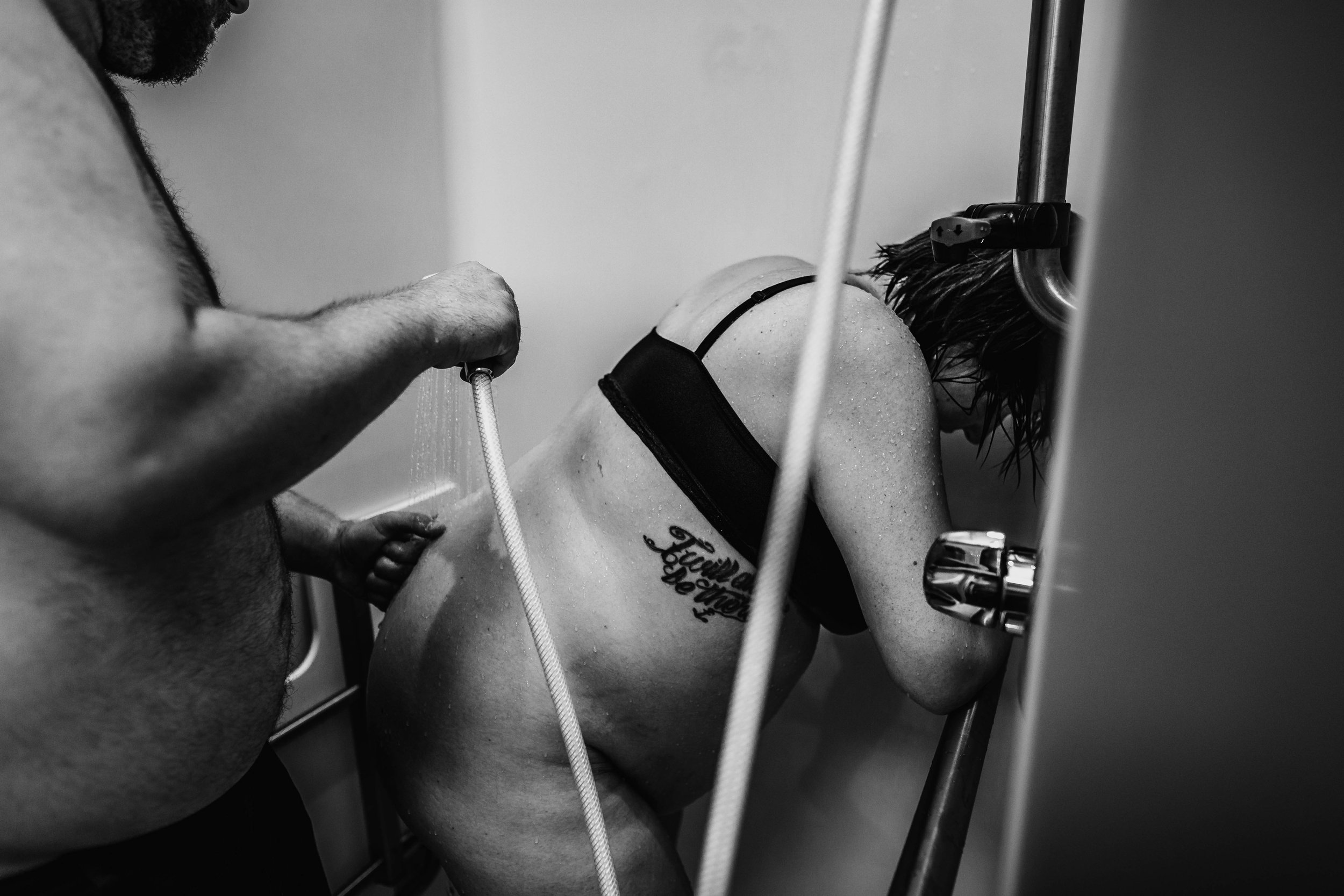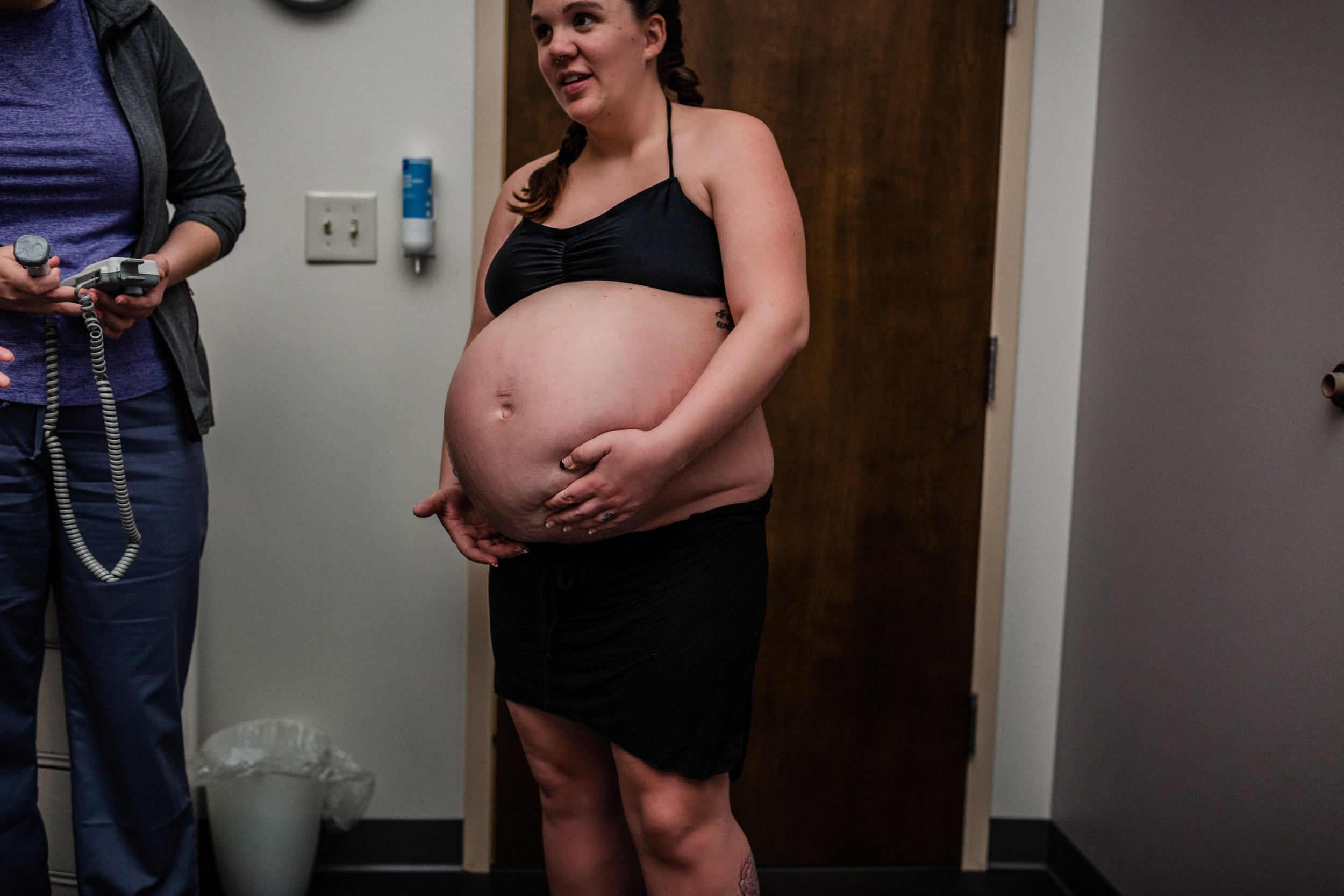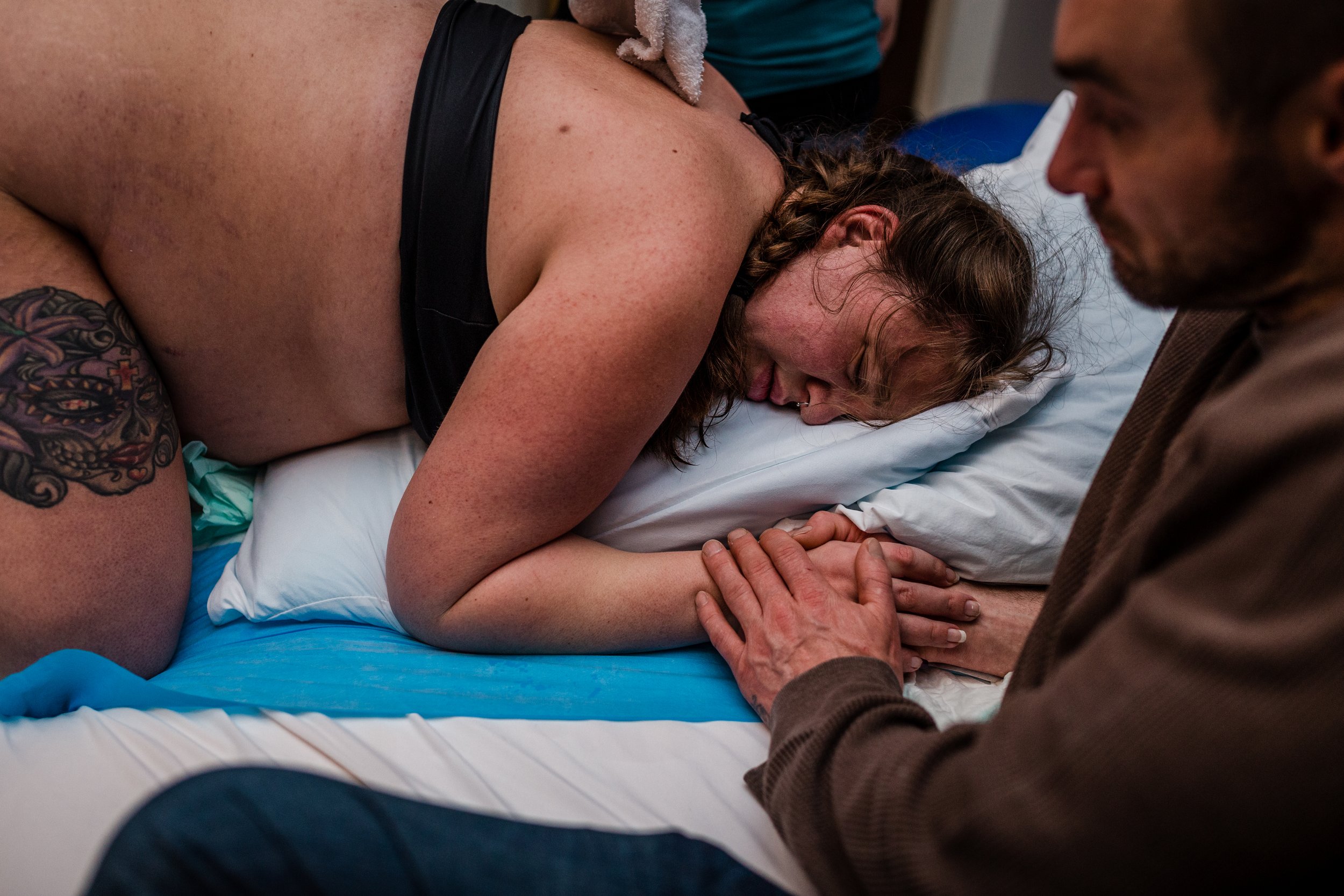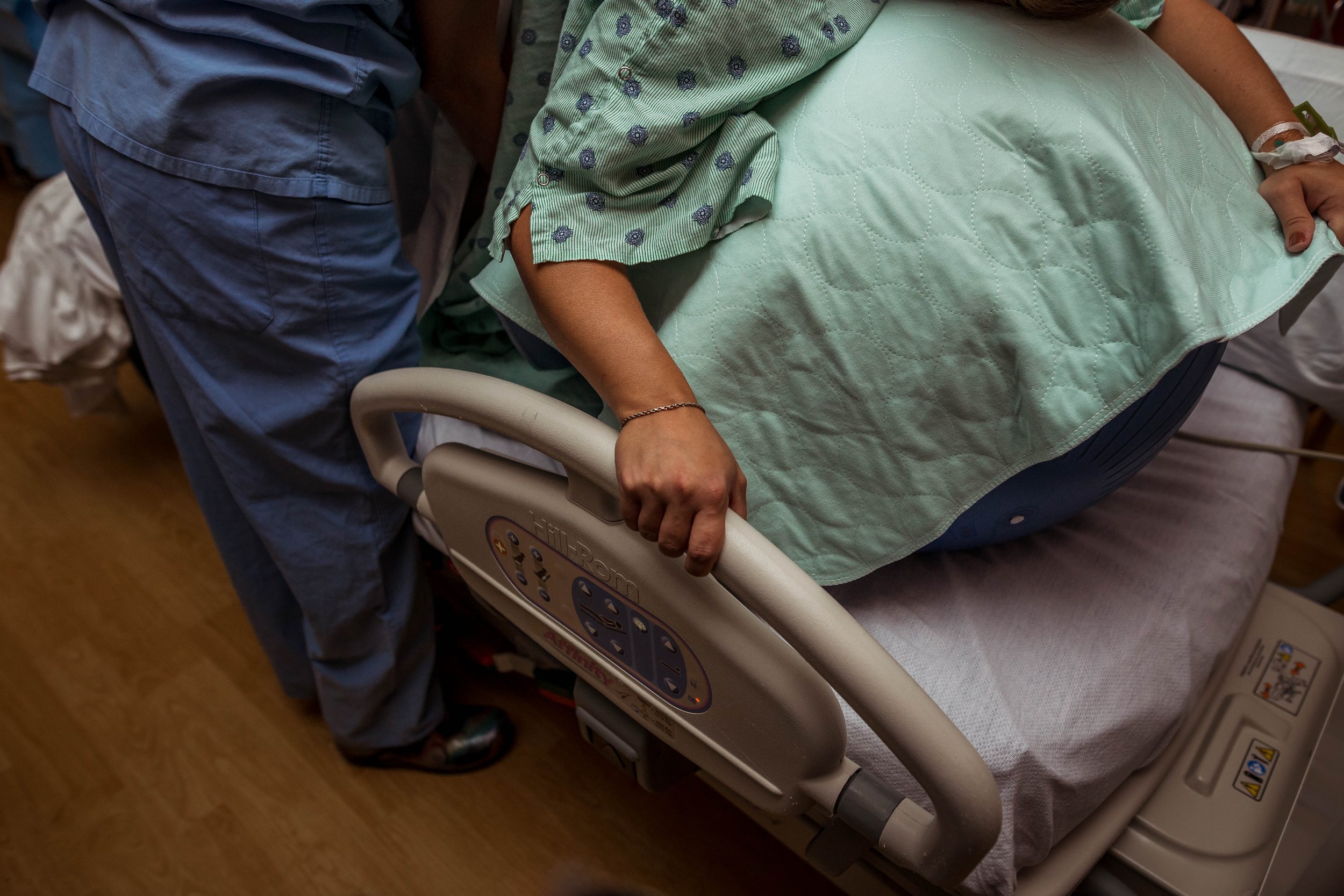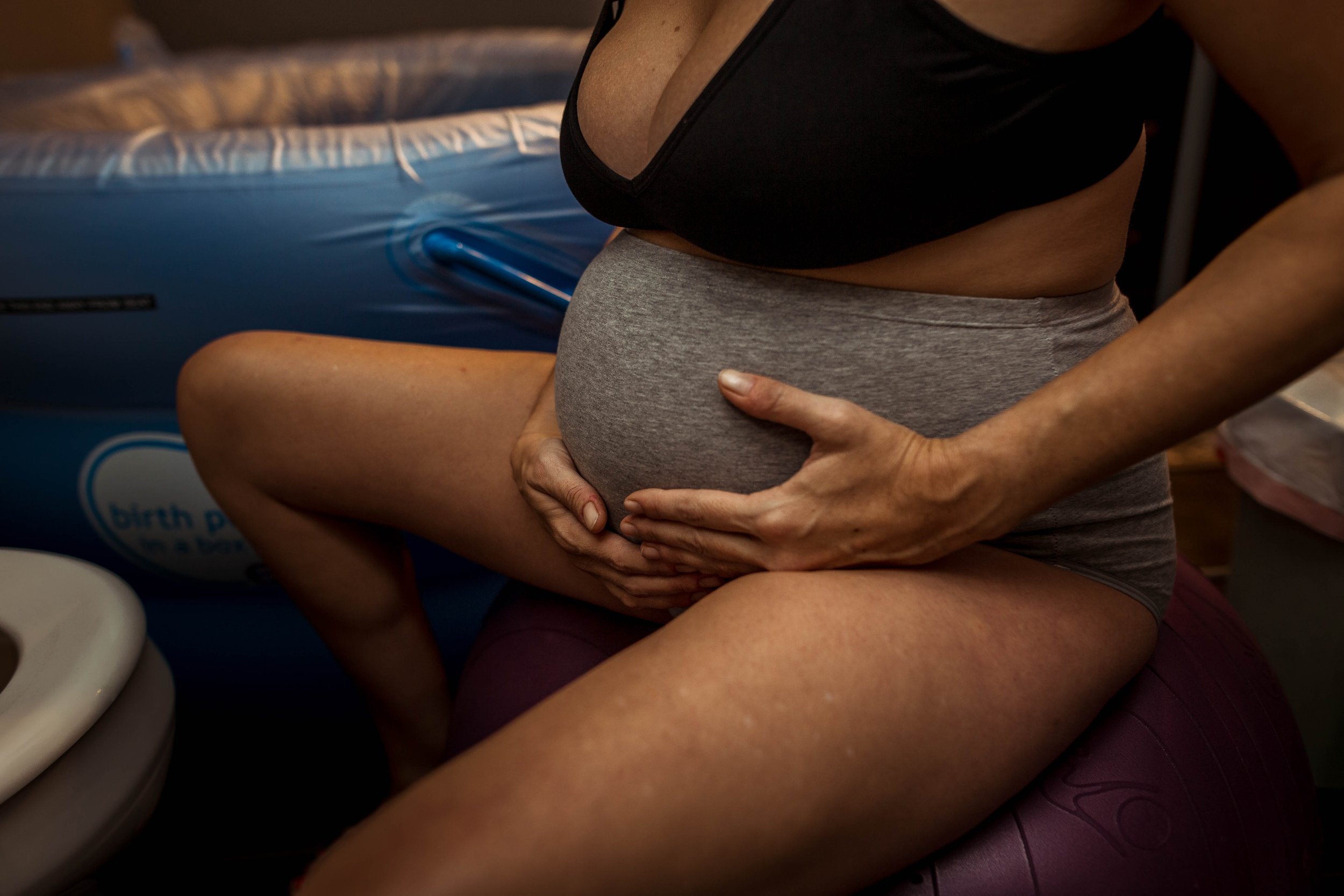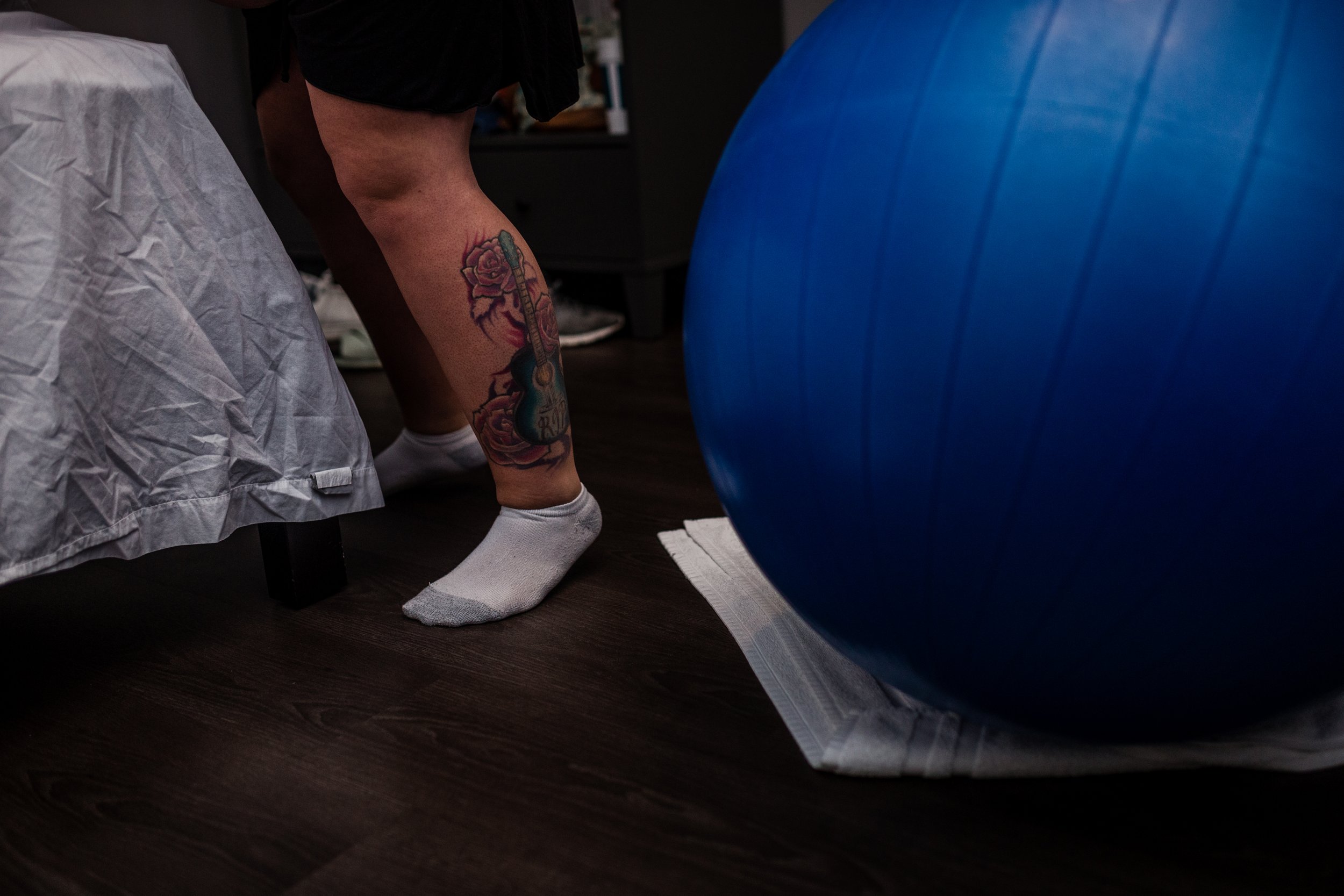Top 3 Positions for Laboring During Birth
Have you ever thought about what positions you might be called to labor in during birth? There are so many different ways you can move your body to help bring on a consistent flow of labor, as well as ease the intensity of a contraction.
From my own experience birthing and witnessing others in a birthing setting over and over again, there are some positions I see as a go-to for most laboring people. I also polled my private group on Facebook, Pregnancy, Birth, and Postpartum with Renée Mason, indianabirthphotographer, where previous birthers and even past clients got to chime in on what positions were their favorites while laboring.
One of my most favorite things about these positions is that all of them are upright positions. Written in an article by Evidence Based Birth, upright laboring positions allow your pelvis to expand. They also note that according to one study done in 2016, they may even help spontaneous birth turn out more likely! Spontaneous birth is birth without the use of tools, such as forceps or a vacuum.
Standing, Leaning, or Swaying
Standing was the top favorite laboring position mentioned when I polled my Facebook group. Most mentioned this as their top favorite position, paired with leaning over a dresser at home or a lifted hospital bed or birth ball. You can even stand and lean with the support of your birth partner or doula, draping your arms around their neck or leaning backwards into them with their arms under yours. I have also noticed that over the years as a birth worker, swaying helps relax an otherwise tense body. I often encourage clients to move their body with their contractions, to “send them down and out”, starting with rolling your shoulders, rocking your hips, and blowing out breaths with low sounds through your mouth. Standing also brings one key factor to the table: gravity. Gravity will also ideally help baby come down and further progress labor. Sometimes, lunges or even squats while you’re laboring standing upright helps the pelvis to open up a bit for baby to engage further.
2. Hands and Knees
Hands and knees can also be a soothing position to labor in. If your wrists or arms get tired, you can simply go to downward dog pose on top of some comfy pillows, or hug a birth ball, or just lean on your birth partner/doula for support. You can also easily get on your hands and knees in the birth tub if you choose to utilize one during labor! One study even shows that getting on your hands and knees during labor may offer some back pain relief, especially if baby is in the occiput posterior position in the pelvis.
3. Sitting on the toilet or birth ball
The last most popular position for laboring I found is sitting. Whether on the toilet or on a birth ball, sitting and swaying with your body through each contraction have proven to be quite comforting to many laboring women. Some birth workers and previous birthers even swear by these positions, stating that it may even help labor progress faster. I’m not sure of any studies done on that information, but if it brings just some level of comfort during labor, by all means please do it!
The bottom line is that being upright and moving your body can help with a number of things during labor - including progress and pain management. Some upright positions can even be achieved with an epidural! So don’t feel defeated if you feel like you want an epidural, most hospital staff + your doula can help you move around as needed. To read more in depth about the benefits of laboring upright, follow this link to Evidence Based Birth where they go more in depth.
Thank you for reading. I hope you enjoyed my insight, compiled opinions and research, and beautiful birth images depicting each labor position within this blog post!
























